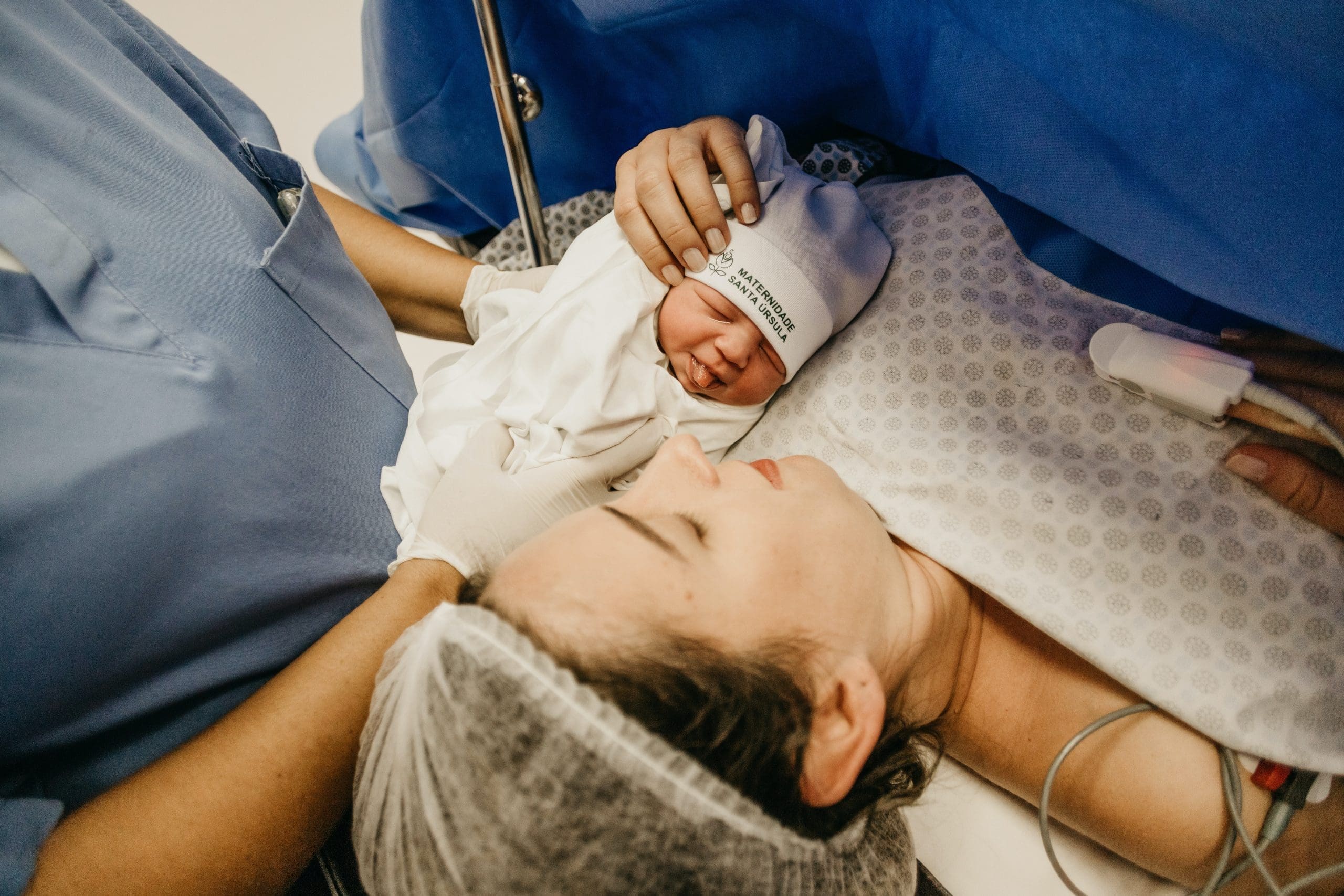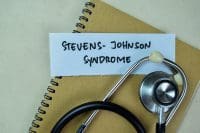DURING A 2-HOUR LABOR complicated by mild shoulder dystocia, Belinda Lynch, age 33, delivers a 9-lb boy (her sixth child) while losing an estimated 300 mL of blood. She’s transferred to the postpartum unit 2 hours later.
You obtain her vital signs and assess fundal height and lochia. Then she settles in to bond with her newborn. An hour later, she calls for assistance to the bathroom. She says she tried to get up by herself but felt weak and dizzy.
History and assessment hints
You find her blood pressure has fallen to 101/57 mm Hg from her baseline of 126/72 mm Hg, and her pulse is 104 beats/minute. You palpate her fundus, noting that it’s boggy. On fundal massage, you find a substantial amount of lochia and express a large number of clots—and immediately suspect hemorrhage.
Postpartum hemorrhage (blood loss exceeding 500 mL after vaginal delivery or 1,000 mL during cesarean section) accounts for roughly one-third of maternal deaths. Ms. Lynch has several risk factors for this condition—multiparity, precipitous labor, difficult delivery, and large neonate.
Call for help
After activating the obstetric and labor and delivery (L & D) rapid response teams, you hang a 1-L bag of normal saline solution, give Ms. Lynch oxygen by nasal cannula, and insert a urinary catheter. Your postpartum hemorrhage kit contains all the supplies you need and a checklist to help you manage the situation.
Every 5 to 15 minutes, you monitor her blood pressure and pulse, evaluate her fundus, and check for bleeding. Finding her uterus still boggy, you apply fundal massage. Per standing order, you add oxytocin to her I.V. bag to decrease bleeding.
On the scene
When the obstetric rapid response team arrives, Ms. Lynch’s blood pressure is 74/40 mm Hg and her heart rate is still elevated. The attending obstetrician orders 20 more units of oxytocin and a second I.V. line for fluid replacement. You draw blood for a STAT complete blood count, blood typing and crossmatch, and coagulation studies.
On perineal inspection, the physician finds a trickle of blood from the vagina and a fundus that’s boggy unless massaged manually. She orders methylergonovine 0.2 mg I.M. to promote uterine contraction.
By now, the L & D emergency response team has arrived, along with a second obstetrician, who orders carboprost tromethamine 250 mcg I.M. He explores the uterus manually, expressing two large clots.
Ms. Lynch is pale but alert and cognizant. You tell her what’s going on and reassure her that her son is fine.
The physicians decide she needs exploratory surgery. During surgery, the uterus shows no retained placental tissue or damage from the delivery, and Ms. Lynch receives 2 units of packed red blood cells.
Outcome
Prompt administration of uterotonic agents, fundal massage to expel clots, and blood replacement halt Ms. Lynch’s hemorrhage. After recovering in the post-anesthesia care unit, she returns to the postpartum unit.
Education and follow-up
In postpartum hemorrhage, hematocrit typically declines at least 10% between admission and the postpartum period; Ms. Lynch’s had dropped more than 20%. Her platelet count had fallen from a normal value of 110,000/mm3 to a low of 75,000/mm3. You realize she had the “four Ts” representing the causes of postpartum hemorrhage—absent or boggy uterine Tone; Tissue passage via lochia, suggesting retained placental tissue; Trauma, from delivery of a large neonate with shoulder dystocia; and Thrombus, based on her low platelet count.
The remainder of Ms. Lynch’s postpartum course is normal, and she’s set to be discharged home on postpartum day 2. Besides providing standard postpartum discharge instructions, you teach her about diet, giving her a list of iron-rich foods. You also stress the need to take prescribed medications and to avoid ibuprofen because it can impede clotting. As you wheel her toward the elevator, baby in arms, she thanks you for helping her through her crisis.
For a complete list of selected references, visit www.AmericanNurseToday.com.
Candace L. Rouse, MSN, RNC, is an advanced practice obstetrics nurse at Sinai Hospital in Baltimore, Md.


















